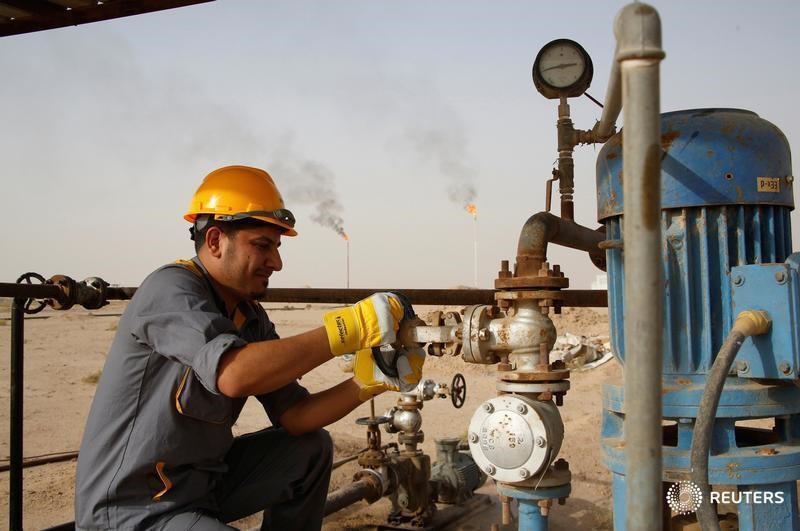Nvidia’s results, Indian tariffs, French markets - what’s moving markets
Investing.com-- Oil prices rose in Asian trade on Tuesday amid growing doubts that talks between Israel and Hamas will yield a ceasefire, especially after an Israeli strike on the city of Rafah in Southern Gaza.
Prices extended a recovery from lows hit last week, amid concerns over sluggish demand and less tight supplies. But the Israeli strike, which took place over the weekend, saw some risk premium creep back into oil markets.
Brent oil futures expiring in July rose 0.5% to $83.73 a barrel, while West Texas Intermediate crude futures rose 0.6% to $78.56 a barrel by 20:52 ET (00:52 GMT).
Israel-Hamas ceasefire deal remains elusive
Hamas had reportedly agreed to a proposal for a Gaza ceasefire from mediators in Egypt. But Israel said the deal did not meet its demands, and kept up its strikes in Rafah.
Israel had reportedly also asked civilians in Rafah to evacuate parts of the city, and also closed off a key corridor for humanitarian aid into Gaza.
While Israel was still seen preparing for ceasefire negotiations later, the recent escalation in military action showed little actual progress towards a deal.
This saw traders begin pricing in a greater risk premium in crude markets, amid bets that continued geopolitical unrest in the Middle East will disrupt supplies from the oil rich region.
Crude was nursing steep losses in recent weeks after an Iran-Israel war did not materialize, while
Dollar weakness benefits oil prices amid rate cut speculation
A sustained decline in the U.S. dollar also afforded some strength to oil prices, as softer than expected nonfarm payrolls data sparked renewed speculation over when the Federal Reserve will begin cutting interest rates.
Several Fed officials said on Monday that while the central bank will eventually begin cutting rates, it needed more convincing that inflation was cooling. But recent inflation readings showed that price pressures remained sticky.
Still, markets were pricing in a 48% chance the Fed will cut rates in September.
While a softer dollar benefits crude prices, the prospect of lower rates also factors into an improved demand outlook for crude this year.
